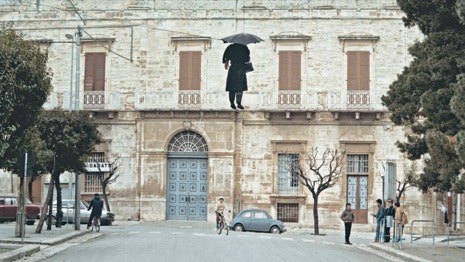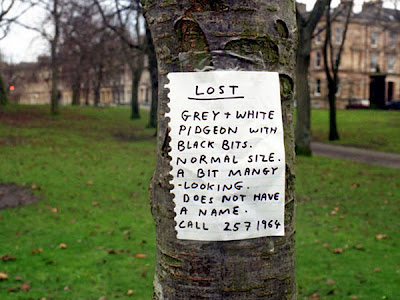Two Wars, Seen Many Ways
Originally conceived as a fund-raiser for Joao Silva, “Conflict Zone” — which opens in New York on Friday — has become a collaborative effort to show the humanity in war. The New York show is dedicated to Chris Hondros, who believed in photographing shared human experiences.
via Lens Blog: https://archive.nytimes.com/lens.blogs.nytimes.com/2012/02/09/two-wars-seen-many-ways/
“Conflict Zone,” an exhibition of conflict photography opening Friday at the New York City Fire Museum, has gone through several versions. The project was originally conceived in fall 2010 as a fundraiser for Joao Silva, who had just been injured in Afghanistan while on assignment for The New York Times.







